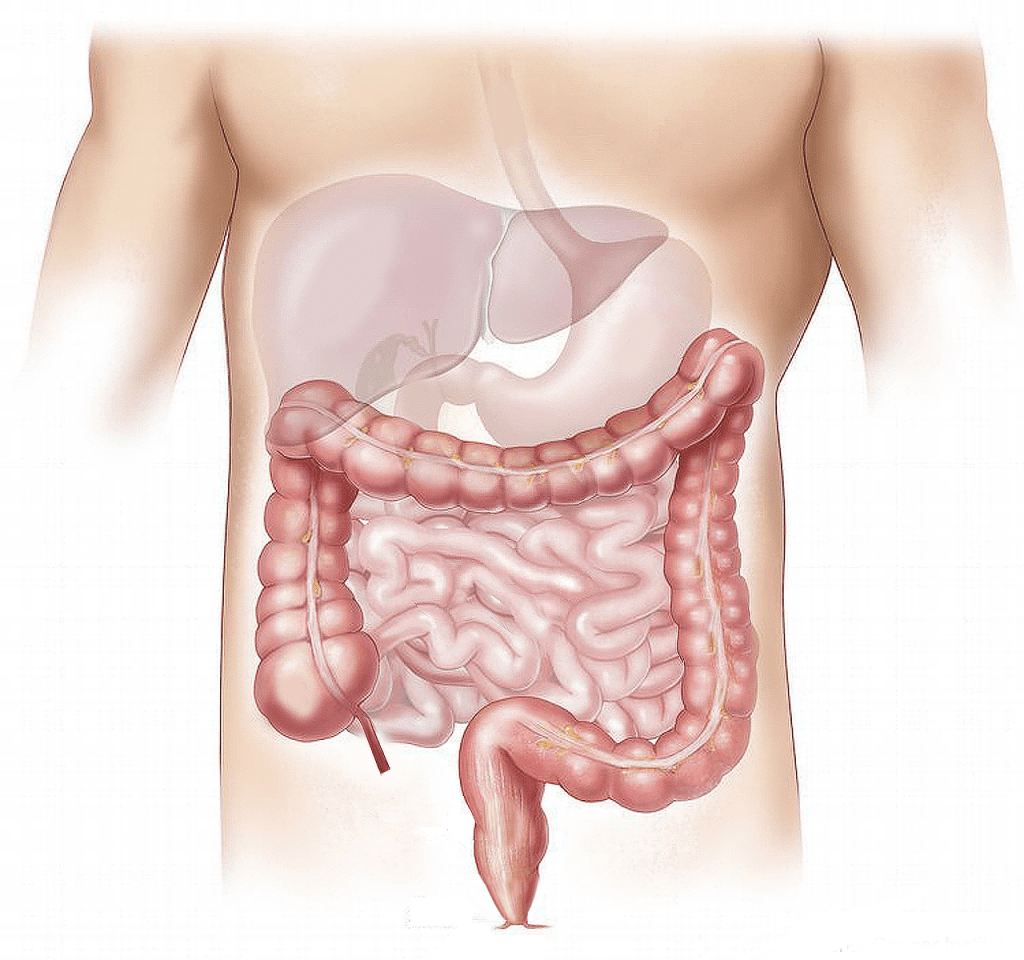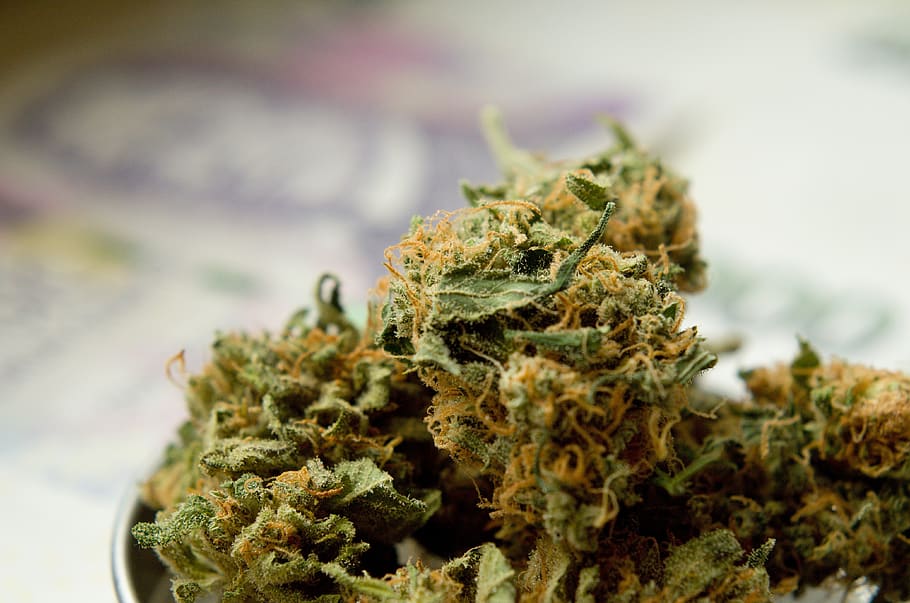What is constipation?
Chronic constipation is a functional bowel disorder wherein an affected individual is having difficulties passing a bowel movement. People who have constipation have hard and dry stools that are difficult and/or painful to eliminate from one’s body. Constipated individuals have bowel movements that happen less than 3 times a week, their stool displaying the said characteristics.
As of 2019, Canada is populated by 37.6 million people and 15 – 30 percent of that population is suffering from chronic constipation. It is documented that it is commonly found in children and the elderly and also, occurs more frequently in females rather than males.
Factors that can cause constipation, defined by the Gastrointestinal Society (GI Society) – Canadian Society of Intestinal Research, ranges from medication side effects, diseases, functional disorders, and diet and lifestyle choices.
Constipation is characterized by having hard stools that are difficult to pass during a bowel movement but it also brings affected individual other symptoms such as; abdominal pain or cramping, gas, strain during defecation, nausea, and lack of energy.
Health care providers may recommend to affected individuals to relieve the condition through lifestyle and diet changes, medication, and laxatives.
Lifestyle and diet changes include increasing one’s fiber intake, fluid intake (especially water), and daily activity.
If over the counter drugs don’t work, doctors can give patients with prescribed medications to help.
Laxatives are one of the first-line treatments for constipation. This treatment has many types and works a number of ways.
One of the earliest examples of marijuana being used for constipation comes from China during 27000 BCE under the indications of the Chinese emperor Shen-Nung. It is documented that “marijuana seed oil products mixed with herbal extracts were widely sold in China as laxatives”.
Marijuana for Constipation

Canada legalizing the possession and use of recreational marijuana in 2018 paved the way for patients to use cannabis’ medicinal properties for relief. The cannabis’ medical properties include: potently reduce inflammation or swelling (anti-inflammatory), regulate or normalize the immune system (immunomodulatory), and acts to relieve pain (analgesic).
As of 2019, there are 619,041 Canadians registered as medical marijuana clients and year 2020 is expecting to have a population of 715,000.
Wild in the tropical and temperate areas of the world, the plant genus Cannabis L. and its well-known species; Cannabis sativa and Cannabis indica are found. Cannabis is one of the widely consumed substances in the world along with alcohol, caffeine, and tobacco.
Indica strains are mostly calming strains and are more preferred for their therapeutic properties.
It has over 400 chemical entities and of which are over 60 are cannabinoids but Cannabis L. is known more for its major 2 cannabinoid compounds: the delta-9-tetrahydrocannabinol (THC) and the cannabidiol (CBD).
Delta-9-tetrahydrocannabinol is primarily produced in the leaves and buds of the female plant and is the main psychoactive ingredient giving the high experience. Cannabinol (CBD) is a type of cannabinoid and is not a psychoactive drug. It is thought to be responsible for the majority of the medical properties of Cannabis which are very useful in reducing pain and inflammation, controlling epileptic seizure and is currently being researched for mental illness and addictions.
THC and CBD both have anti-inflammatory properties but professionals prefer and widely accept the relationship of CBD to constipation for calming purposes.
Cannabis’ cannabinoids bind with the cannabinoid receptors in the digestive tract of the body. These compounds react together and generating an upregulation in the gastrointestinal tract. Cannabis offers help to constipated individuals to relieve the pain, reduce spasm, and improve intestinal motility.
Strains for Constipation
- Granddaddy Purple
- Hybrid: 50% Indica, 50% Sativa
- THC: 20-27%
- CBD: 1%
- CBN: –
An old school hybrid strain and is a classic favorite by consumers, the granddaddy of all sleep strains. The Granddaddy Purple strain has a berry, earthy, grape, and sweet aroma and tastes like it also. This strain will deliver the consumer to a high elevated euphoric brain buzz since it is also known for its potency even with just a small intake. This cannabis strain is designed to help consumers achieve full-body relaxation.
- Girl Scout Cookies
- Hybrid: 60% Indica, 40% Sativa
- THC: 28%
- CBD: 1%
- CBN: 1%
As one of the most potent strains available to medical marijuana patients that also offer high levels of THC, CBD, and CBN. Girl Scout Cookies smell earthy and sweet and taste the same. It provides a relaxed and heavy body effect and also gives you a happy and relaxed mental mindset. This strain has become one of the most popular strains sold in the market.
- Harlequin
- Hybrid: 75% Sativa, 25% Indica
- THC: 3 – 15%
- CBD: 4 – 10%
- Terpene: Myrcene, Caryophyllene, Pinene
This strain is an excellent choice if a consumer is looking for something to help with the tasks of the day with a clear head cognition. Harlequin bears aromas of earth, sweetness, and like mango and citrus while tasting herbal, spicy, woody, and sweet. Harlequin is said to may relieve fatigue, stress, headaches, migraines, and pain. Being known to act as the most relaxing and calming agent, this strain provides consumers with focus and alertness.
Risks of Consuming Marijuana
Short term effects may help relieve medical symptoms but in the long run, cannabis has also been associated with increased risks. These include:
- A potential overdose because of the delayed effects,
- Anxiety and panic attacks,
- Hallucinations and paranoia,
- Vomiting, and
- Cardiovascular problems.
Long term effects can include dependence on or addiction to cannabis products.
Cannabis Intake
Traditionally, marijuana is consumed through smoking. Related to constipation, smoking cannabis works to produce the fastest result, often within minutes.
For non-smokers, it is recommended to use cannabis tinctures. Tinctures are where CBD can be taken by spraying or dropping CBD under the tongue. The effects may be felt within 15 to 45 minutes.
Conclusion
Marijuana and Constipation relationship can’t be fully determined as of date due to a lack of information from appropriate research studies on how cannabis affects the human body and why but if you are considering this option, seek advice from a doctor before starting to use it because, despite the cannabis’ medical significance, there are still potential risks involved in using it.

 DISCORD
DISCORD